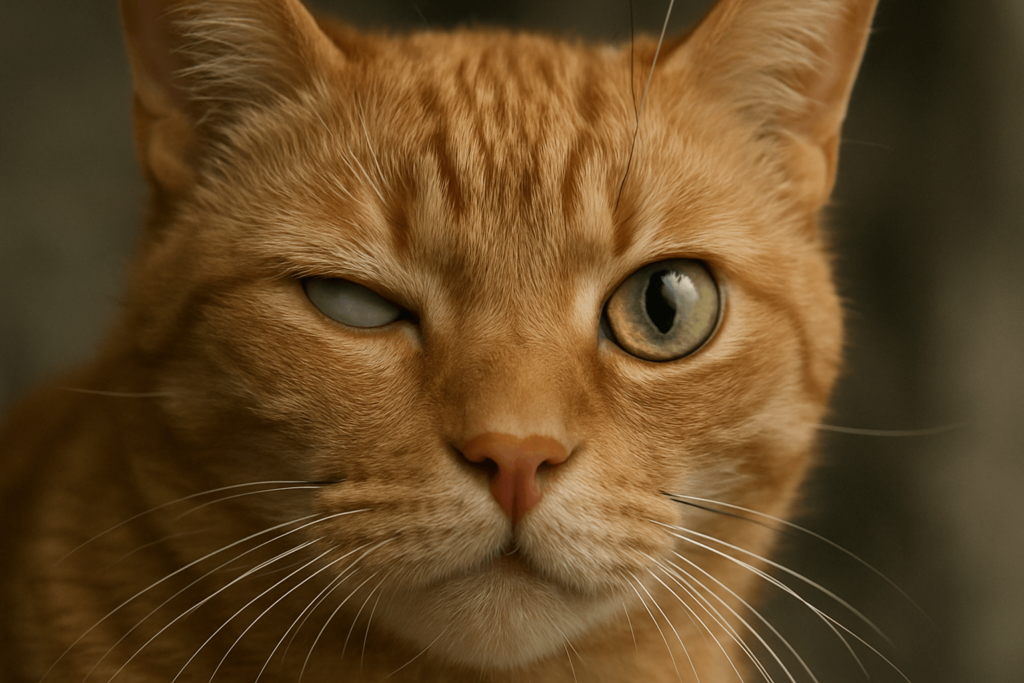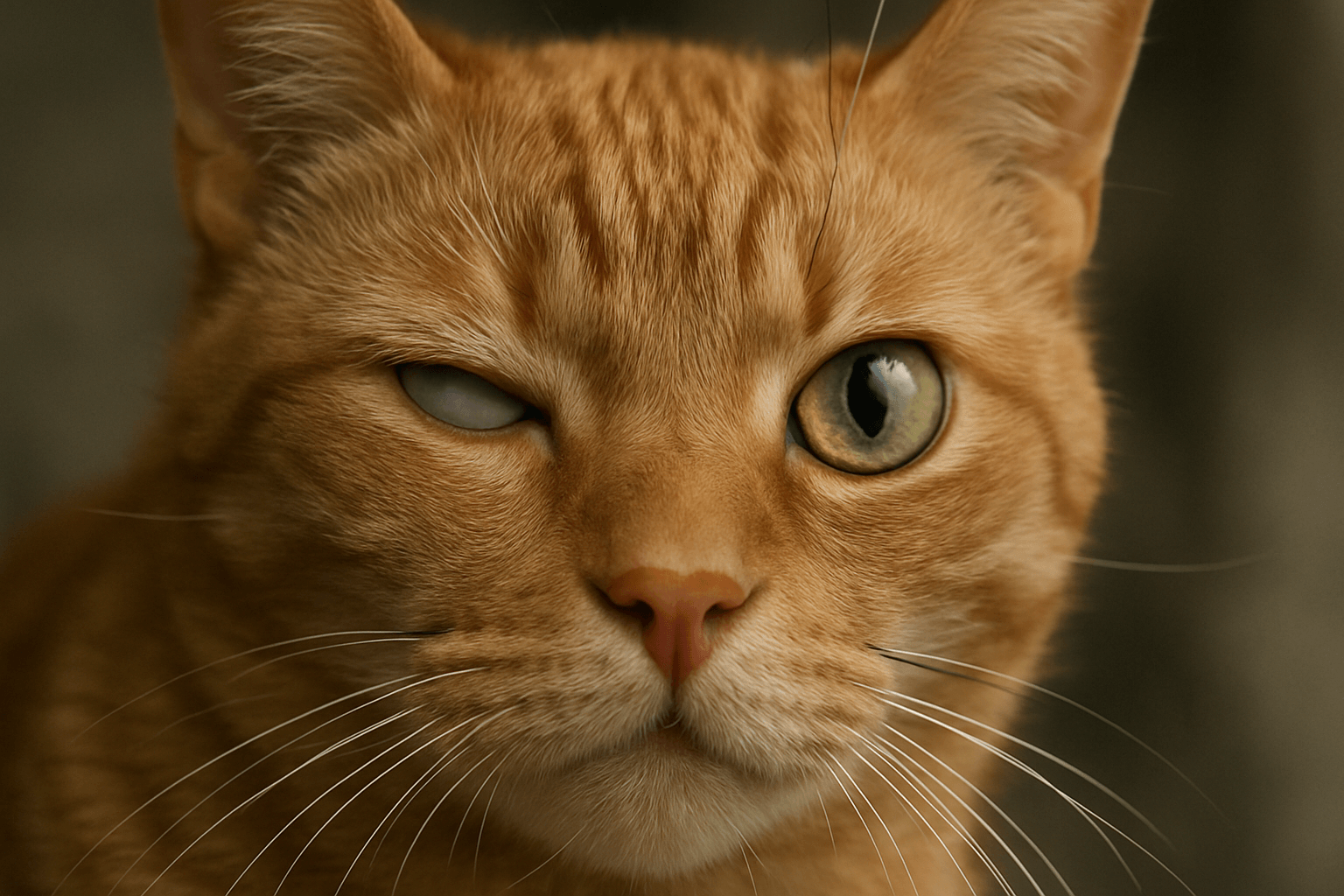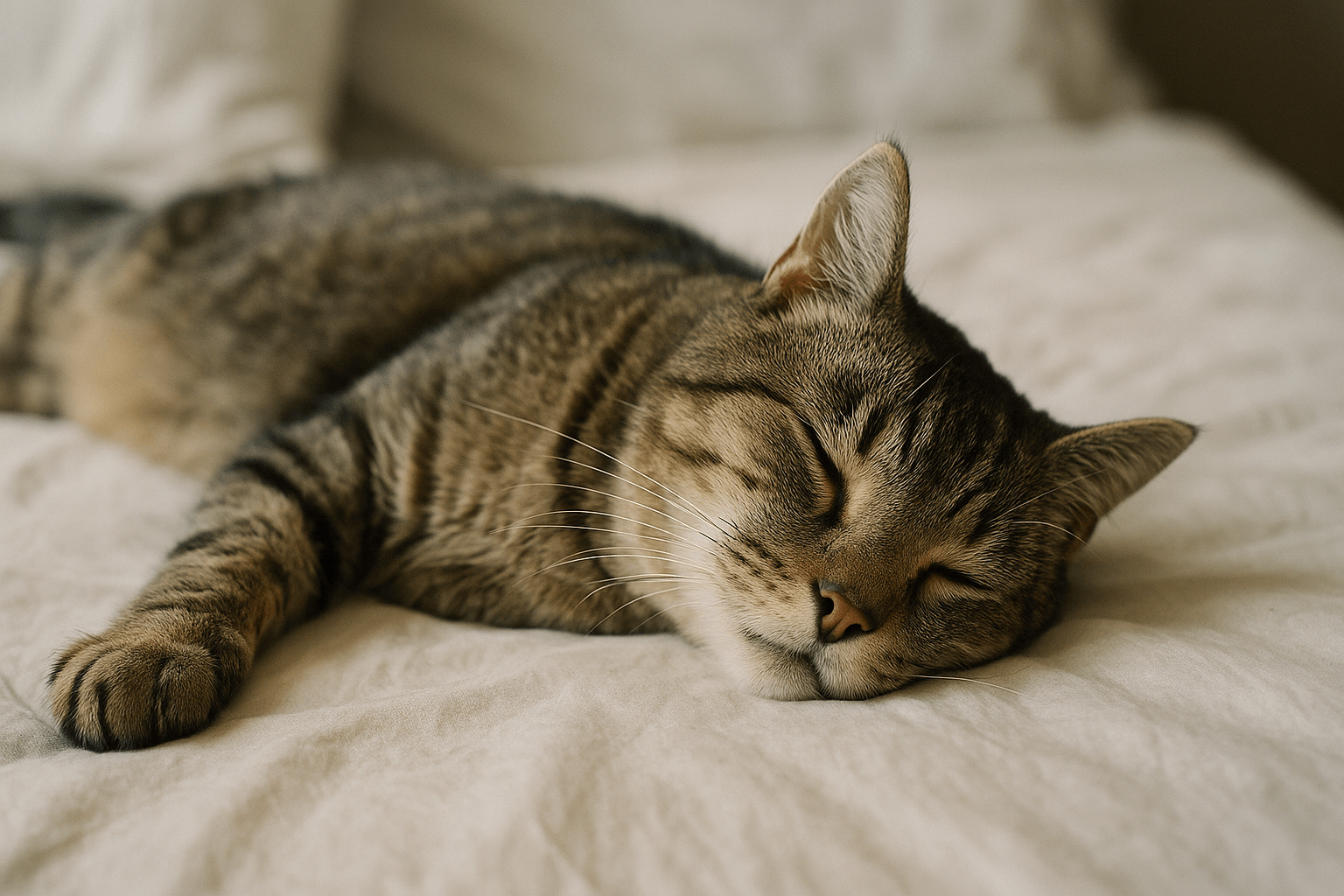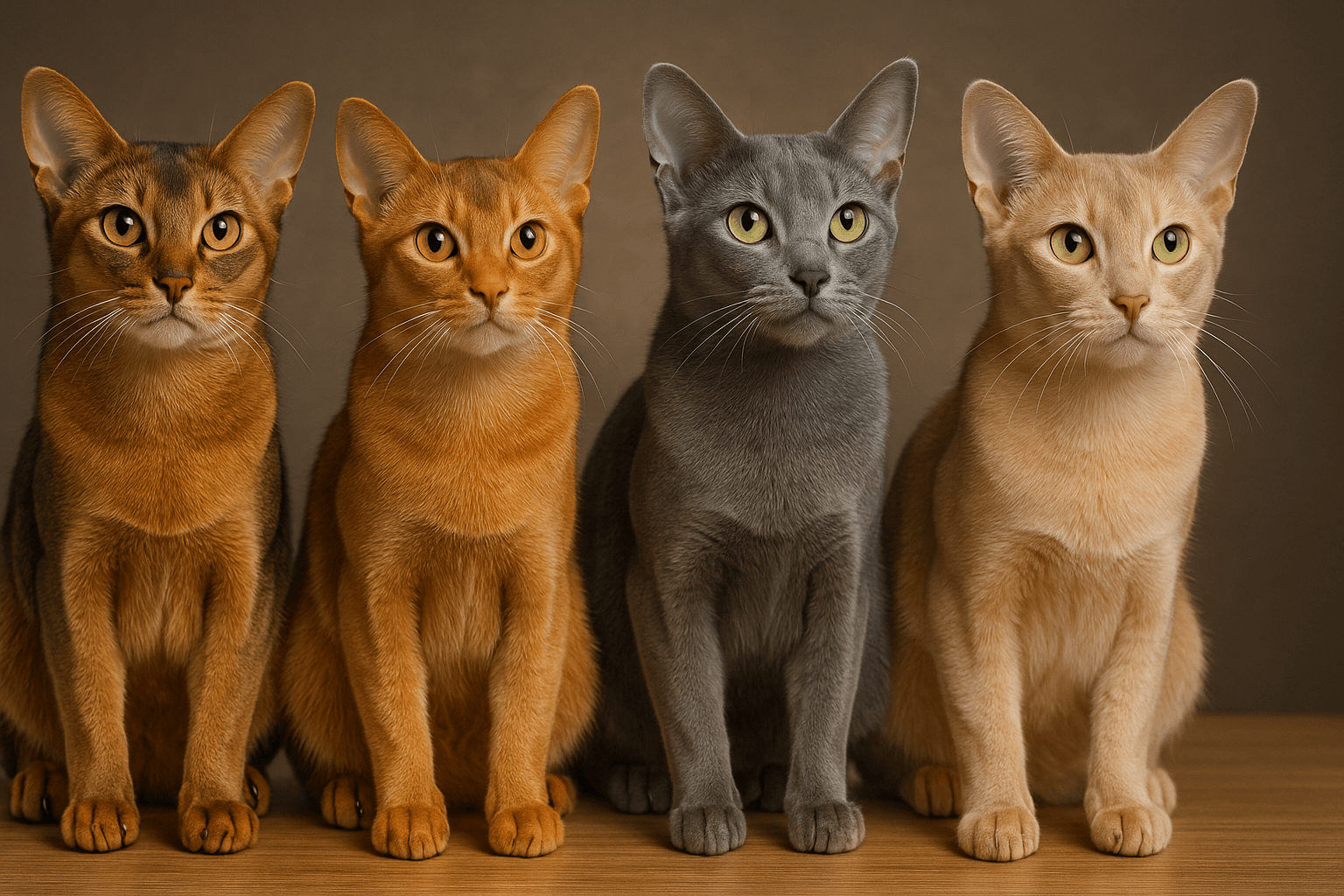Why Is My Cats Second Eyelid Showing? Understanding the Nictitating Membrane
Your cat blinks slowly… then you notice it — a thin, pale membrane drifting across the eye. It’s not dirt. It’s not an injury. It’s the nictitating membrane — your cat’s hidden third eyelid. At first glance, it might seem strange or even alarming. But this delicate structure is a marvel of evolutionary design, quietly protecting, cleaning, and preserving your cat’s vision every single day. When it becomes visible, it’s not always normal — and understanding why can make all the difference in your cat’s health.
The Hidden Wonder: Why Cats Have a Second Eyelid
Cats aren’t broken — they’re brilliantly adapted. The second eyelid, known as the nictitating membrane, is a natural, functional part of feline anatomy. Far from being a flaw, it’s a survival tool refined over millions of years.
Protects the Cornea:
Acts as a transparent shield against dust, debris, and minor injuries during hunting or exploration.Distributes Tear Film:
Sweeps across the eye with each blink, spreading moisture evenly to keep the surface lubricated.Preserves Vision in Low Light:
Helps maintain clarity during twilight hours by reducing glare without fully closing the eyelid.Heals Minor Irritations:
Contains lymphoid tissue that fights infection and aids in healing small scratches or foreign particles.Signals Health Status:
When it’s visible at rest, it can be an early warning sign of illness, stress, or pain — not a normal sight.
This membrane is always there — but you’re only meant to see it when your cat is sleeping, drowsy, or unwell. Seeing it prominently during wakefulness is your cue to pay closer attention.

When the Third Eyelid Becomes Visible: 5 Common Causes
It’s normal to see the nictitating membrane briefly when your cat is dozing off. But if it’s constantly visible — especially in both eyes — something may be amiss. Here are the most frequent reasons why.
Conjunctivitis or Eye Infection:
Inflammation from bacteria, viruses, or allergies can cause the membrane to protrude as a protective response.Dehydration or Weight Loss:
When a cat loses body fat around the eyes, the eyeball sinks slightly, making the third eyelid more prominent.Haw’s Syndrome:
A benign, temporary condition often linked to gastrointestinal upset — the membrane appears bilaterally and usually resolves on its own.Neurological or Nerve Damage:
Issues with the facial or sympathetic nerves can prevent the membrane from retracting properly.Systemic Illness:
Conditions like feline herpesvirus, FIV, FeLV, or even cancer can manifest through changes in the third eyelid.
If your cat’s second eyelid is showing while they’re alert and awake — especially if it’s only one eye — don’t wait. Early detection can prevent complications. A simple vet visit can rule out serious causes.
Check this guide 👉Cat Eye Inflammation: Best 7 Expert Tips!
Check this guide 👉Cat Eye Diseases: Best 7 Expert Tips!
Check this guide 👉Cat Eye Irritation: Best 7 Expert Tips!
| Normal Visibility | Abnormal Visibility |
|---|---|
| Appears only during sleep or drowsiness | Visible while cat is alert and awake |
| Covers less than 25% of the eye | Covers more than 50% of the eye |
| Clear, translucent appearance | Red, swollen, or discolored |
| Retracts quickly when cat wakes up | Stays extended for hours or days |
| Appears in both eyes equally | Only one eye affected — possible localized issue |
What the Third Eyelid Reveals About Your Cat’s Emotional State
Your cat’s body speaks in subtle ways — and the nictitating membrane is one of its quietest signals. Beyond physical health, it can reflect emotional well-being.
Stress or Anxiety:
During fear or tension, the membrane may partially cover the eye as a self-soothing reflex.Pain or Discomfort:
Cats in pain — from dental issues to abdominal discomfort — often show the third eyelid as a sign of distress.Fatigue or Overstimulation:
After a long day of play or loud noises, the membrane may appear briefly as your cat winds down.Social Withdrawal:
A cat hiding in a corner, with the third eyelid visible, may be signaling they feel unsafe or unwell.Recovery Phase:
Post-surgery or after illness, the membrane may remain slightly visible as the body regains balance.
Cats rarely cry out. They hide. The third eyelid is one of their few visible cues that something isn’t right. Learning to read it turns you from an observer into a protector.
What to Do If You Notice the Third Eyelid Showing
Seeing the membrane isn’t an emergency — unless it’s persistent, one-sided, or accompanied by other symptoms. Here’s how to respond wisely.
Don’t Touch or Pull It:
Never try to push the membrane back. It’s delicate — forcing it can cause trauma or infection.Check for Other Symptoms:
Look for redness, discharge, squinting, pawing at the face, or changes in appetite and behavior.Take a Photo:
Document the appearance. It helps your vet track changes over time — especially if it comes and goes.Avoid Home Remedies:
Don’t use human eye drops, tea, or home concoctions. Many are toxic to cats or worsen irritation.Schedule a Vet Visit Within 24–48 Hours:
Even if your cat seems fine, prolonged visibility needs professional evaluation. Delaying risks permanent damage.
Your cat doesn’t tell you they’re in pain. But they show you — through their eyes. Be the one who notices.
Myths About the Third Eyelid — Debunked
Misinformation spreads fast — especially when it comes to cat health. Let’s clear up the most common myths.
Myth: “It’s a sign of laziness or poor hygiene.”
False. The third eyelid has nothing to do with cleanliness — it’s a neurological and physiological response.Myth: “It means my cat is blind.”
No. The membrane is transparent. It protects vision — it doesn’t block it.Myth: “I should remove it surgically if it’s always out.”
Dangerous. Removing the nictitating membrane (called “cherry eye” surgery in dogs) is rarely needed in cats and can cause dry eye or corneal damage.Myth: “It’s normal for older cats to show it more.”
Not necessarily. While weight loss in seniors can make it more visible, chronic exposure still requires investigation.Myth: “If it goes away on its own, it wasn’t serious.”
Sometimes yes — but sometimes the root cause (like a virus or nerve issue) remains hidden. Don’t assume recovery equals resolution.
Knowledge protects your cat from unnecessary treatments — and from being misunderstood.
How to Support Your Cat’s Eye Health Daily
Prevention is always better than cure. Simple daily habits can keep your cat’s eyes — and third eyelid — healthy.
Keep the Environment Clean:
Reduce dust, smoke, and strong perfumes that irritate sensitive eyes.Provide Fresh Water and Balanced Food:
Hydration and nutrition directly impact tear production and eye resilience.Brush Their Fur Regularly:
Prevents hair from falling into the eyes and causing irritation.Check Eyes Weekly:
Look for redness, cloudiness, or unusual discharge. Use a damp cotton ball to gently wipe corners.Avoid Stress Triggers:
Loud noises, sudden changes, or new pets can elevate stress hormones — which may trigger third eyelid protrusion.
A healthy cat has bright, clear eyes. When the third eyelid disappears from view, it’s a quiet sign your care is working.
Signs Your Cat’s Third Eyelid Is Revealing a Hidden Problem
When your cat’s nictitating membrane becomes visible while they’re awake and alert, it’s not just a quirk — it’s a silent alarm. Cats are masters of hiding discomfort, but the third eyelid doesn’t lie. Pay attention to these subtle cues — they could be your first warning that something needs care.
Persistent Visibility:
If the membrane stays out for more than 24–48 hours, even when your cat is fully awake, it’s a sign of underlying stress, illness, or pain.One Eye Only:
Asymmetrical protrusion — where only one eye shows the third eyelid — often signals localized trauma, infection, or nerve damage.Redness or Swelling Around the Membrane:
A pink, inflamed, or bulging third eyelid suggests conjunctivitis, uveitis, or an allergic reaction needing veterinary attention.Accompanied by Discharge or Squinting:
If your cat is blinking more than usual, tearing excessively, or avoiding light, the third eyelid is likely responding to irritation or injury.Changes in Behavior Alongside It:
Lethargy, loss of appetite, hiding, or increased vocalization combined with a visible third eyelid point to systemic illness like FIV, FeLV, or kidney disease.
Ignoring these signs doesn’t make the problem disappear — it just gives it time to worsen. When your cat’s third eyelid speaks, listen.
Frequently Asked Questions About the Cat’s Second Eyelid
Is it normal for my kitten to show its third eyelid more than my adult cat?
Yes — kittens often have more prominent nictitating membranes as their nervous system matures. It usually improves by 6–8 months.
Can I use human eye drops if I see the third eyelid?
Never. Human eye drops contain preservatives and medications toxic to cats. Always use vet-approved products.
Why does my cat’s third eyelid come out only when they’re sleepy?
That’s normal. As the muscles relax during drowsiness, the membrane naturally drifts forward to protect the eye.
Does the third eyelid help cats see better at night?
Indirectly. By keeping the eye moist and protected during low-light activity, it supports overall visual function — but it doesn’t enhance night vision like a tapetum lucidum does.
Can stress cause the third eyelid to show?
Absolutely. Cats under stress — from moving, new pets, or loud noises — often show the membrane as a physical response to anxiety.
Embracing the Mystery of the Third Eyelid
The second eyelid isn’t a flaw — it’s a gift. A quiet, hidden guardian that has protected feline eyes since the dawn of domestication. It shields, cleanses, soothes, and signals — all without fanfare. When you see it, you’re not witnessing a problem. You’re witnessing your cat’s biology at work. And when it lingers longer than it should, you’re being handed a rare opportunity — to listen, to act, to care more deeply.
Your cat doesn’t speak. But their eyes do. And sometimes, the most important message is written in the faintest flicker of a membrane — barely visible, yet profoundly meaningful.
Why Is My Cats Second Eyelid Showing? Best 7 Expert Tips! Understand causes, health signs, and how to respond when your cat’s third eyelid becomes visible.
How Do I Know If My Cat Died Peacefully? Best 7 Expert Tips! Discover the quiet signs of a peaceful feline passing and find comfort in their final moments.
Cat Allergy Eyes: Best 7 Expert Tips! Discover why your eyes react to cats and learn proven strategies for relief—without giving up your feline friend.
Why Do Abyssinian Cat Colors Matter? Best 7 Expert Tips! Discover the genetics, rare hues, and care secrets behind Abyssinian coat colors for a healthier, happier cat.




